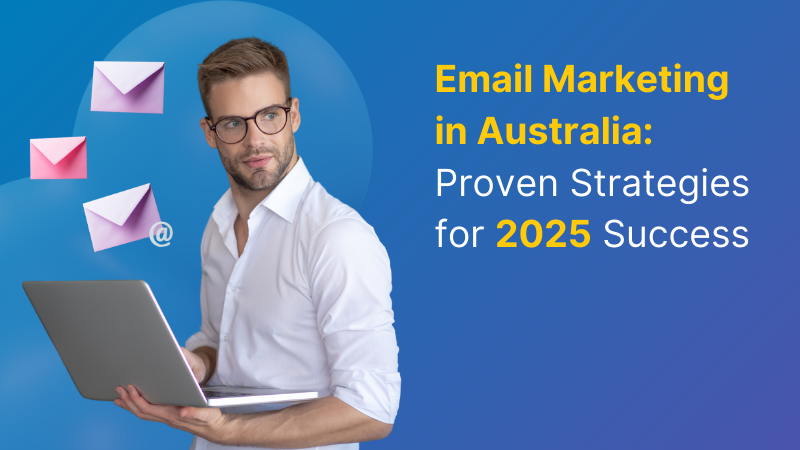Having a solid customer acquisition strategy is an essential component for any business. Without it, you’re going to seriously struggle to grow your business in any kind of meaningful way. That said, one of the most difficult parts of scaling any business is actually figuring out which channel is the most sustainable for bringing through new customers.
ABX focuses on the experience at the account level and the personalized experiences we create will hit home that much more for our customers. With ABX becoming the upgraded version of the ABM strategy, we’re going to look into how you can successfully acquire new high-value customers using ABX.
Understand your current customers
This is arguably the most important step in the customer acquisition process: defining who is suitable for your brand. The most efficient way to see just who those people are is by looking at your existing customers.
In fact, this step is so critical that – if done haphazardly and without careful thought – you will poison your database with low-potential customers. A low-potential customer will either spend just once or spend little with your brand, be discount seekers, and ultimately have little (or worse, negative) ROI.
With major ad networks like Facebook and Google consistently raising their media prices every year, this can put you and your business in a position where you are constantly treading water – just barely getting by churning through one-and-done customers.
Define and acquire the right target
To define and acquire the right target, you must consider four main types of data: Transaction data, Behavioral data, Attitudinal data, Demographic data.
But it’s not enough to simply collect this data. You need a system to combine this data into a single-source database so that you can understand and act on this data for individual prospects or customers.
Furthermore, you must be able to profile and segment these groups using all four data types simultaneously. In turn, whichever tool you use to collect, house, and process this data must also be able to combine different data sources, deduplicate records on an individual level, and provide an easy segmentation and audience generation tool.
Before we actually create our segments, it’s best to first understand why each data type is important.
Build an optimal campaign
With that said, the media cost often only gets the potential new customers entry to your site or the store – it doesn’t guarantee that they will convert. However, once a potential customer has landed on your site, they’ll start leaving behind valuable data about their intent. We can act on this in real-time to increase the probability of conversion – but only if you have a system that actively collects this behavioral data.
Note that an anonymous site tracking system is insufficient. While it may allow you to collect data on an individual’s browsing behaviors, it does not let you directly deploy retargeting efforts on those individuals in real-time – which will cost you real dollars that you’ve already spent to drive these potential customers to your site in the first place.
With proper site tracking in place, we can now respond to a user’s site interactions to increase the probability of conversion.
Conclusion
Good customers are out there. By harnessing the power of your employees to broadcast positive messages to their communities, being very specific with your paid advertisement targeting, and promoting self-selection through your funnels, you can improve your odds of not only converting more customers but keeping them around for a long time.













